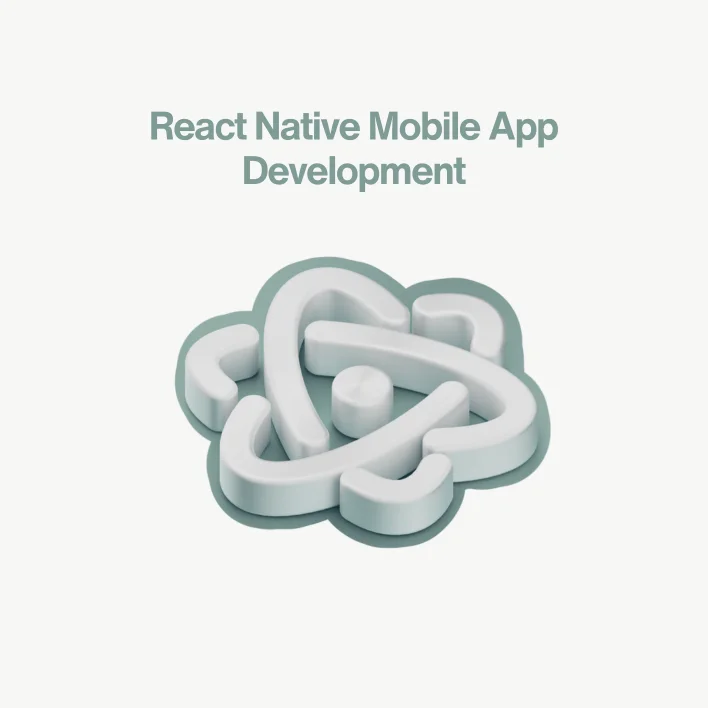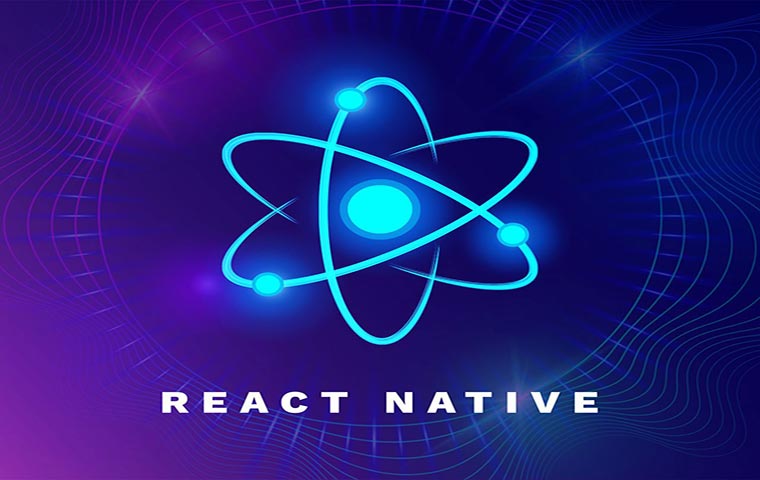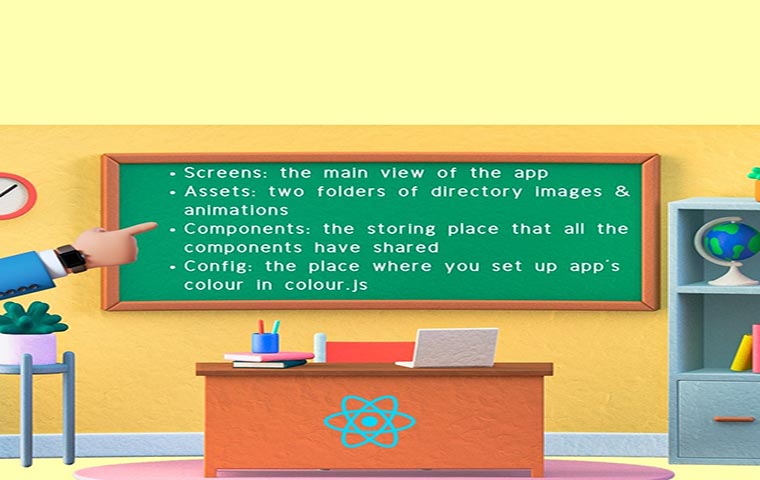In-App Purchases vs Ads: Which Strategy is Best?
You’ve created your app, and people are starting to download,...
We use cookies for our website to give you the most relevant experience by remembering your preferences. By clicking “accept”, you consent to use of ALL the cookies
This website uses cookies to improve your experience while you navigate through the website. Out of these, the cookies that are categorized as necessary are stored on your browser as they are essential for the working of basic functionalities of the website. We also use third-party cookies that help us analyze and understand how you use this website. These cookies will be stored in your browser only with your consent. You also have the option to opt-out of these cookies. But opting out of some of these cookies may affect your browsing experience.
Necessary cookies are absolutely essential for the website to function properly. These cookies ensure basic functionalities and security features of the website, anonymously.
| Cookie | Duration | Description |
|---|---|---|
| cookielawinfo-checkbox-functional | 11 months | This cookie is set by GDPR Cookie Consent plugin. The cookie is used to store the user consent for the cookies in the category “Analytics”. |
| cookielawinfo-checkbox-functional | 11 months | The cookie is set by GDPR cookie consent to record the user consent for the cookies in the category “Functional”. |
| cookielawinfo-checkbox-necessary | 11 months | This cookie is set by GDPR Cookie Consent plugin. The cookies is used to store the user consent for the cookies in the category “Necessary”. |
| cookielawinfo-checkbox-others | 11 months | This cookie is set by GDPR Cookie Consent plugin. The cookie is used to store the user consent for the cookies in the category “Other. |
| cookielawinfo-checkbox-performance | 11 months | This cookie is set by GDPR Cookie Consent plugin. The cookie is used to store the user consent for the cookies in the category “Performance”. |
| viewed_cookie_policy | 11 months | The cookie is set by the GDPR Cookie Consent plugin and is used to store whether or not user has consented to the use of cookies. It does not store any personal data. |
Functional cookies help to perform certain functionalities like sharing the content of the website on social media platforms, collect feedbacks, and other third-party features.
Performance cookies are used to understand and analyze the key performance indexes of the website which helps in delivering a better user experience for the visitors.
Analytical cookies are used to understand how visitors interact with the website. These cookies help provide information on metrics the number of visitors, bounce rate, traffic source, etc.
Advertisement cookies are used to provide visitors with relevant ads and marketing campaigns. These cookies track visitors across websites and collect information to provide customized ads.
Other uncategorized cookies are those that are being analyzed and have not been classified into a category as yet.
Cyberia Tech, Inc. respects your privacy. This Privacy Policy explains how we collect, use, and share your information. By using our services, you agree to this policy. If any other agreements conflict with this Privacy Policy, the terms of those agreements prevail.
Cyberia Tech complies with the EU-US and Swiss-US Privacy Shield Frameworks for handling personal data from the EEA, UK, and Switzerland. In case of any conflict, the Privacy Shield Principles prevail. Learn more at Privacy Shield. Key Definitions
Information linked to an individual, transferred from the EEA, UK, or Switzerland to the U.S.
Data revealing race, religion, health, sexual orientation, and similar categories.
Effective Date: [ 2025 / 11 / 29 ]
Welcome to The Cyberia Tech ! By accessing or using our website or services, you agree to
comply with and be bound by these Terms of Use and our Privacy Policy. If you do not agree with
these terms, please do not use our Services.
Loading
0 %

For those who are unfamiliar, what exactly is React Native app development? We may say that this framework enables JavaScript app development.
The process of React Native mobile app development is fairly common among developers. It offers beneficial ways to construct solutions so as to be as powerful as feasible.
React Native application development opens the door to cross-platform applications that can capture both the iOS and Android markets.
Let’s examine the motivation behind the majority of developers’ interest in this framework. Despite all of its flaws, is it still perfect?
Table of Contents
In brief, we choose mobile app frameworks when we want to develop an app that is similar to a native app.
You have a JavaScript library as well as basic UI design components. The goal is to use the JS library to connect the blocks.
You may not be aware, but it uses the same cross-platform principle to build an app in mobile application development.

Another major shortcoming in React Native app development is DOM. (Document Object model). Which is used in the documentation of interface programming.
So that programming languages can communicate with the page. But what is the link between native code and JS code? The RCT bridge module is the solution.
The benefits of react native app development will make every developer pleased because it has been proven and trusted among developers:
1. It saves money and time in what way?
Essentially, the scripts are cross-platform and will work on both operating systems.
Companies and investors will most likely have an application that allows them to efficiently control maintenance and updates simultaneously without having to pay extra money for each of them.
2. Acceptable Performance
React native has produced several outstanding applications. As previously said, they are very similar to native Android and iOS.
Actually, it is the GPU’s capacity to accelerate performance above hybrid technologies.
3. Talks About Adaptability
The interface in React Native app development is a means to assist developers in updating and upgrading the mobile app.
This option is also useful for individuals who wish to test the process quickly.
4. Transportable
This option is crucial whenever you want to move the app into another framework to save time and avoid starting over.
You may, for example, move the app from react native to XCode or Android Studio and keep it running there.
5. Hot Reloading
This is another advantage of seeing the code changes in another live preview window as soon as feasible.
This technical process is also known as live reloading among developers. As a result, it is real-time feedback.

6. Receive updates as soon as possible
In contrast to hybrid development, react native provides the most recent updates for both operating platforms. As a result, you won’t have to stand in line for each of them.
This is known as OTA. Simply said, the improvement package will be available the next time the app is used.
7. Enlarge The App
The React native UI components allow you to redesign an existing app and add all required features ultimately.
The benefits demonstrated that the react native mobile app development is a garden full of immature trees, but it has now matured into a fertile and mature one to meet expectations.
With this framework, you can create any type, from simple to complicated.
The entry point of the development where the written codes have a direct effect on the mobile device.
The main folder includes the critical packages to run the app.
This is where all the installed dependencies are kept.
The folder of XCode projects and other needed parts for iOS devices
This is where all Android codes are saved for Android devices.

Finally, you may execute the application using the react native CLI. Also, keep in mind that each operating system is a terminal.
The simulator is for iOS, while the emulator is for Android. In this stage, you must launch the app with the (npm start) command.
Finally type react native run iOS in another window. This will cause the app to begin building on the iOS simulator. As previously stated, an emulator is required for Android apps.
After that, launch Android Studio and select (open an existing project/folder) before running the command. (react-native-run-android).
Other finalized processes in the development of a rRact Native app are linked to significant components. Examples include:
• Texts, images, and a stylesheet
• UI elements (picker, slider, button, and switch) • Cameralroll, statusbar, alerts, linking, and so on.
• Android-specific tools (timepickerandroid, datepickerandroid, toastandroid, and etc.)
• iOS-specific applications (actionsheetios, alertios, pushnotificationios, and etc.)
As a result, we can admit that react native application development is a jack of all trades, with all-in-one mature tools that make every program fully runnable. You may have heard of native, but do you understand the distinctions?
These two powerful technologies have created so many popular apps that you may not know which one they are comprised of. Let’s look at the difference between react native and react.
Simply put, the platform is the one and only distinction. React is used for online development, while react native is utilized for mobile app development.
You may quickly learn and master the many alternatives provided by the React Native Framework. These include NativeBase, Teaset, Material Kit React Native, UI Kitten, React Native Material UI, and React Native Vector Icons.
Is React Native enough for app development?
As a well-known “hybrid” system for making mobile apps, React Native has been shown to work well across platforms, be beautiful, be popular with developers, and save time and money. Google’s Flutter may be the only other cross-platform app creation tool that can compete with React Native.
Should I learn React Native in 2023?
Many people think that in the future, React Native will be the best way to build mobile apps that work on more than one device. So, if you want to learn React Native in 2023, you should definitely do it.
Is React Native easy to learn?
React Native gives developers a standard set of APIs for making user interface (UI) components, so they only have to write code once and it can run on multiple devices. If you already know how to make websites, React Native is very easy to learn.
Is React Native for frontend or backend?
React works best for user interface-focused front ends, where the experience of the end user is the most important thing.
The purpose of this technology is to ensure quality in React native app development. What you are looking for in a high-performance technology is right in front of you.
You are using a React Native mobile app development when you utilize Facebook. As previously stated, you do not need to devote time to different operating systems.
Furthermore, you do not need to understand Swift or Java since React Native application development and its language will guide you. So, avoid skepticism and develop your idea into a useful program.
Tell us about your own experience and give us a call to get the most up-to-date corporate services for developing your app.
You Can Get More Information!
